Asparagus Pea
$4.49
Tetragonolobus Purpureus
- Seed Count 7
- Edible And Ornamental
- Annual
- Height 30 cm
In stock
Description
The asparagus pea is one of the prettiest vegetables on the planet. It is a scrambling plant native to the Mediterranean region of southern Europe, where it is a common spring-blooming wildflower. Growing around 30 cm tall and 60cm wide, the plant has small trifoliate leaves, and deep crimson flowers.
Its nutty, asparagus-flavoured pods are extremely popular in the Mediterranean and an expensive delicacy in Australia. This delicious, ornamental plant is so easy to grow and cook – try it sautéed, steamed, stir-fried, battered and deep-fried, or pickled and the scarlet flowers are a beautiful garnish.
Harvest pods when approximately 2.5cm long. Asparagus pea is easy to cultivate. It needs average moisture, full sun, and ordinary soil. It needs a long growing season to flower and fruit properly, so start it indoors in cooler areas.
| Method: Sow direct | Soil Temp: 15°C - 20°C |
| Cool Mountain: Oct - Dec | Position: Full sun |
| Arid: Aug - Mar | Row Spacing: 25cm apart |
| Temperate: Sep - Jan | Planting Depth: 1 cm |
| Sub Tropical: Aug - Mar | Harvest: 80 Days |
| Tropical: Mar - Jun | Plant Height: 60cm |
Site Selection & Soil Preparation
Sunlight:
- Full sun (4–6 hours daily).
Soil:
- Well=drained, deep, sandy loam
- Soil pH 6.5–7.0.
Preparation:
- Remove weeds and rocks.
- Amend with 10 cm of compost/aged manure.
- Till soil to 30 cm inches depth for root penetration.
- Ensure good drainage to prevent root rot.
Starting Seeds Indoors
Timing:
- Start 12–14 weeks before last frost.
Seed Prep:
- Soak seeds in water for 24 hours to boost germination.
Planting:
- Sow 1cm deep in seed trays with potting mix.
- Space seeds 10 cm apart.
Germination temp:
- 16–30°C; takes 2–8 weeks.
Care:
- Keep soil moist.
- Provide bright light (grow lights if needed).
Transplanting Seedlings
Hardening Off:
- Acclimate seedlings outdoors over 7–10 days.
Spacing:
- Rows: 1 m apart.
- Plants: 40 cm apart.
Ongoing Care
Watering:
- 5 cm weekly; avoid waterlogging.
Mulching:
- Apply 10 cm of straw/compost to retain moisture and suppress weeds.
Fertilising:
- Year 1: Balanced fertilizer at transplanting.
- Annually: Top dress with compost in spring and autumn.
Weeding:
- Hand weed carefully to avoid root disturbance.
Pest & Disease Management
Common Pests:
- Asparagus Beetles. Handpick or use neem oil.
- Caterpillars. Collar seedlings with cardboard.
Diseases:
- Rust. Ensure airflow and remove infected foliage.
- Prevention. Rotate crops every 10+ years; avoid overhead watering.
Harvesting
Timing:
- Year 1–2: No harvest; let plants establish.
- Year 3: Harvest spears for 6–8 weeks in spring.
Method:
- Cut 20 cm spears at soil level with a knife.
Post Harvest:
- Allow ferns to grow; they replenish roots for next year.
Companion Planting Guide
Good Companions:
- Basil & Parsley: Attract beneficial insects; deter pests.
- Tomatoes: Repel asparagus beetles (1m apart to avoid competition).
- Marigolds & Nasturtiums: Deter nematodes and beetles.
- Spinach/Lettuce: Shallow roots; utilise space without competition.
Avoid Planting With:
- Alliums (Onions/Garlic): Compete for nutrients.
- Potatoes: Risk of shared pests (e.g., asparagus beetle).
Benefits:
- Tall asparagus ferns provide light shade for cool season crops.
- Flowering companions boost biodiversity and pest control.
Troubleshooting
- Yellowing Ferns: Overwatering or nutrient deficiency.
- Thin Spears: Overharvesting or young plants; reduce harvest time.
- Poor Yield: Test soil pH; ensure adequate sun and nutrients.
Choosing the Right Variety
Peas are divided into two main types: bush peas and climbing peas.
Bush Peas:
- Compact plants that grow to about 1 m tall.
- Do not require trellising.
- Will benefits from light support from 1 m stakes
- Ideal for small gardens or containers.
- Lower yield per plant but easier to manage.
- Harvest period: Shorter harvest window.
Climbing Peas:
- Vining plants that can grow up to 2 metres tall.
- Require trellising or a support structure.
- Produce higher yields over a longer period.
- Extended harvest window.
Climate
- Peas thrive in cool to mild climates and are best grown in autumn, winter, and early spring in most parts of Australia.
Soil Preparation
PH:
- Peas prefer well-draining, fertile soil with a pH between 6.0 and 7.5.
Soil type:
- Loamy soil is ideal, but peas can grow in most soil types if well drained.
Amendments:
- Add compost or well-rotted manure to improve soil fertility.
Drainage:
- Ensure the soil is not waterlogged, as peas are prone to root rot.
Planting
Seed spacing:
- Sow seeds 20 cm apart and 1 cm deep.
Row spacing:
- Leave 20 cm between rows.
Support:
- Install trellises, stakes, or netting at planting time to avoid disturbing roots later.
Watering
- Keep the soil consistently moist but not waterlogged.
- Water deeply once or twice a week, depending on rainfall.
- Avoid overhead watering to prevent fungal diseases.
Fertilising
- Peas are light feeders and can fix their own nitrogen with the help of rhizobia bacteria in the soil.
- If needed, apply a balanced fertiliser at planting time.
- Avoid high nitrogen fertilisers, as they promote leafy growth at the expense of pods.
Pest and Disease Management
Common Pests
Aphids:
- Spray with a mild soap solution or introduce beneficial insects like ladybugs.
Pea moths:
- Use row covers to protect plants.
Snails and slugs:
- Handpick or use organic baits.
Common Diseases
Powdery mildew:
- Ensure good air circulation and avoid overhead watering.
Fusarium wilt:
- Rotate crops and avoid planting peas in the same spot for 3-4 years.
Harvesting
Snow peas:
Harvest when pods are flat, and seeds are just beginning to form.
Sugar snap peas:
- Harvest when pods are plump but still tender.
Shelling peas:
- Harvest when pods are fully rounded but before they become tough.
Regular harvesting encourages more production.
Companion Planting
Good Companions
Carrots:
- Peas provide shade for carrots, which prefer cooler soil.
Radishes:
- Help deter aphids and other pests.
Corn:
- Acts as a natural trellis for climbing peas.
Lettuce:
- Benefits from the nitrogen fixed by peas.
Cucumbers:
- Grow well alongside peas and share similar soil requirements.
Plants to Avoid
Onions and garlic:
- Can inhibit pea growth.
Potatoes:
- Compete for nutrients and may increase the risk of disease.
Tips for Success
- Rotate crops annually to prevent soilborne diseases.
- Mulch around plants to retain moisture and suppress weeds.
- Pick peas regularly to encourage continuous production.
Postage Charge
Orders under $30 attract a $4.50 shipping charge. Orders $30 and above have free shipping.
Order Times
Seed orders are normally dispatched within three business days. You will receive an email when seeds are mailed out.
Postage Days
Seeds are mailed out Monday to Friday at 1pm. Except for the Friday of long weekends.
Postage Times
WA 2-3 Days: SA,NT 3-5 Days: NSW, ACT, QLD, VIC: 5-7 Days
Carrier
We use Australia Post Letter Postage for the majority of orders
Not only are our seeds packed in recycled paper envelopes, we keep the theme going when we post out website orders. To protect your seeds from moisture and the letter box munchers (snails), we use a very special plastic free material made from plants. They are then put into recycled mailing envelopes. Green all the way 💚🌿

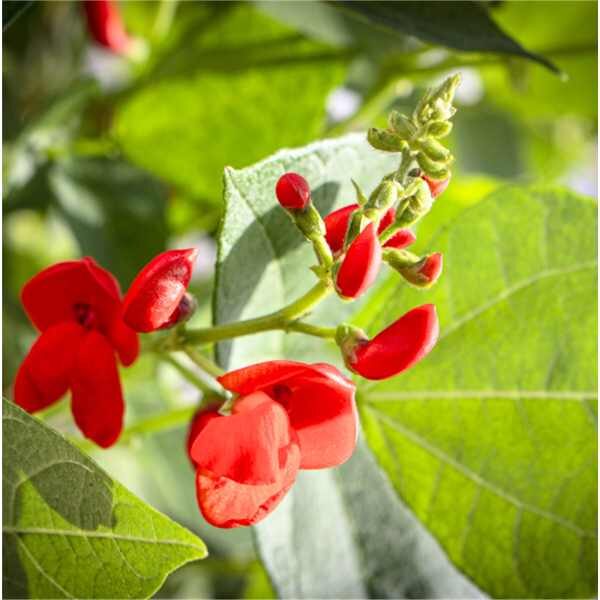

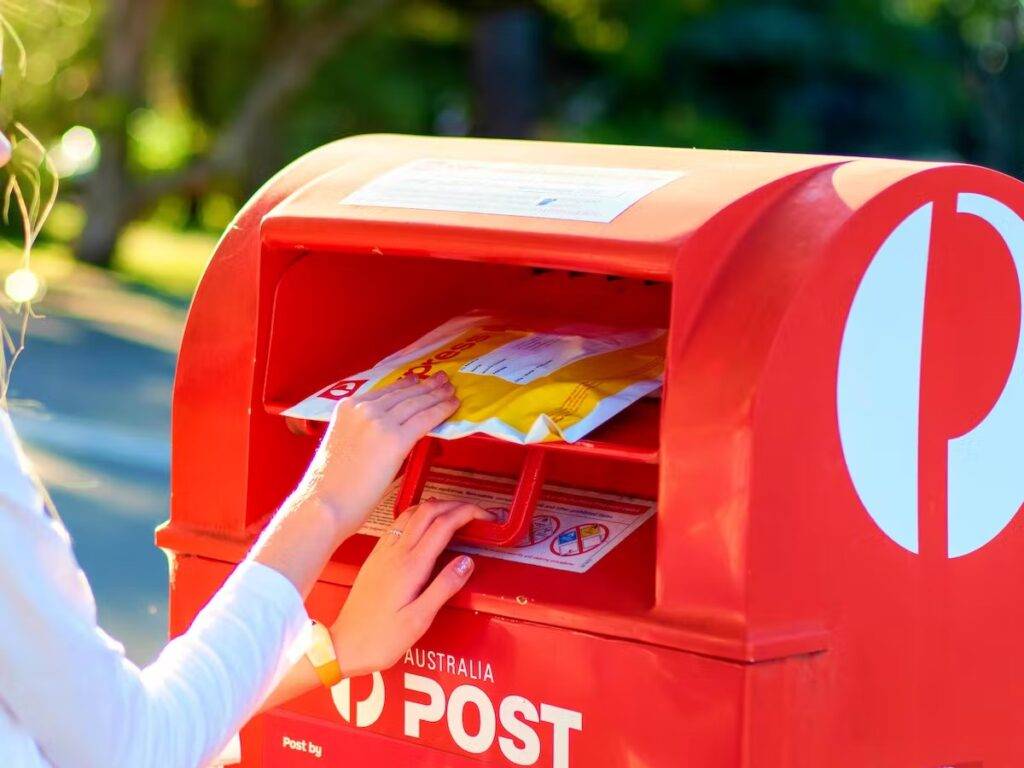

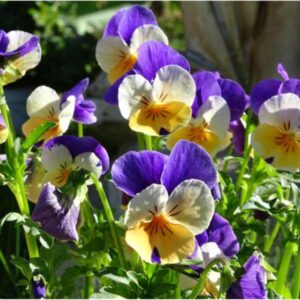
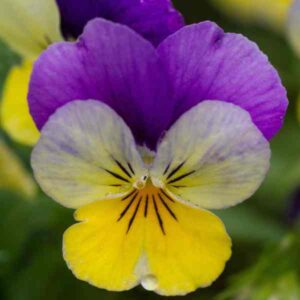
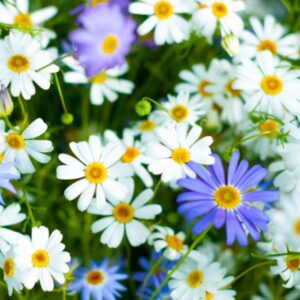
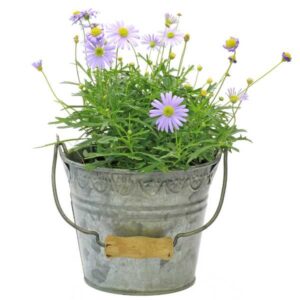
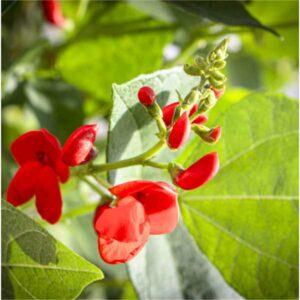
I have not planted this yet.